Module 3 Unit3 Language in use课件 (共32张PPT) 外研版七年级英语上册
文档属性
| 名称 | Module 3 Unit3 Language in use课件 (共32张PPT) 外研版七年级英语上册 | 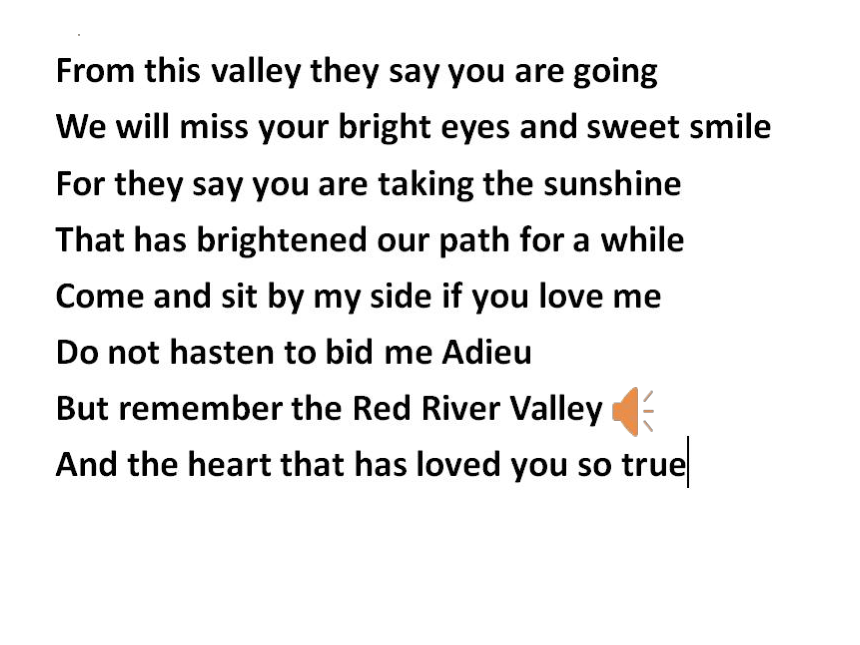 | |
| 格式 | pptx | ||
| 文件大小 | 3.3MB | ||
| 资源类型 | 教案 | ||
| 版本资源 | 外研版 | ||
| 科目 | 英语 | ||
| 更新时间 | 2023-09-24 21:56:33 | ||
图片预览

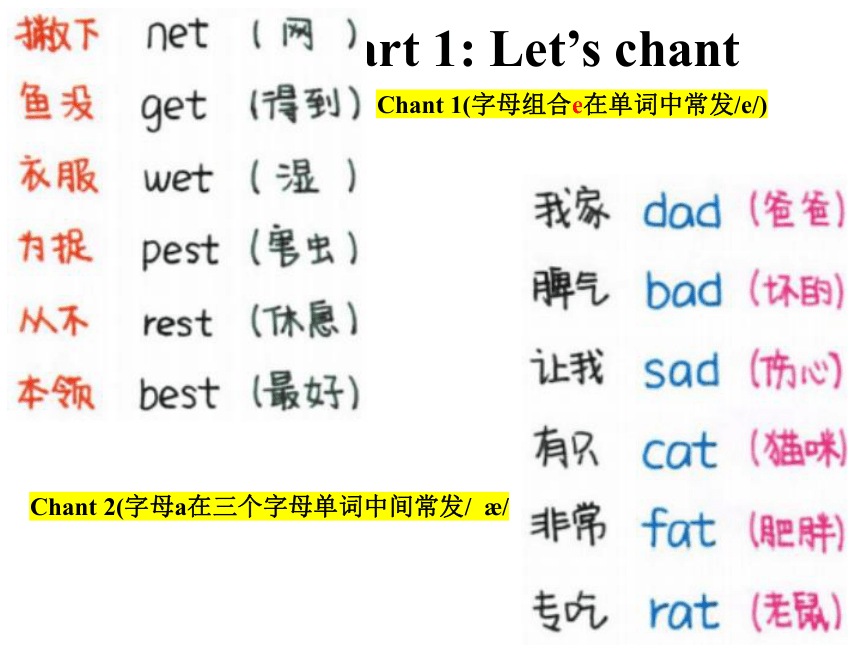
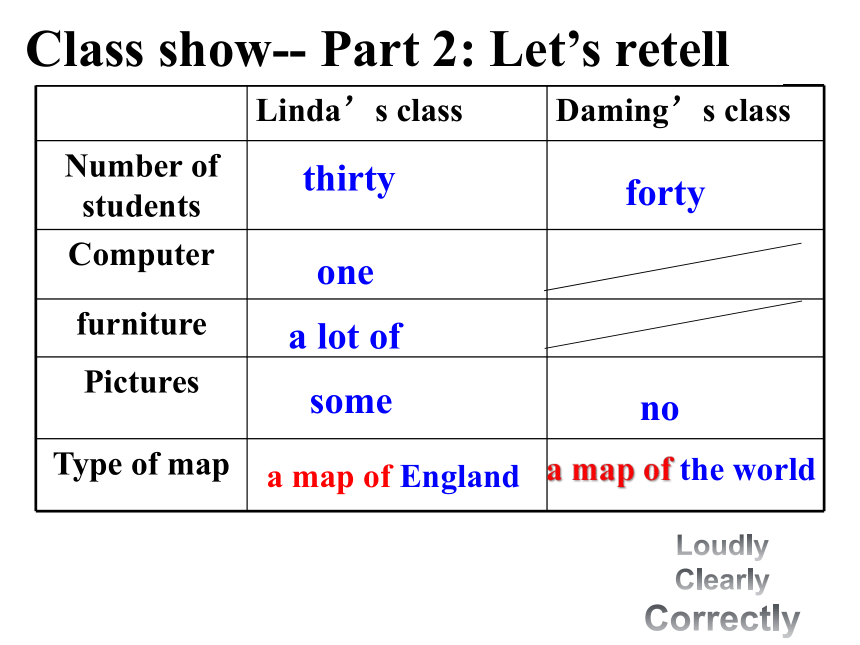
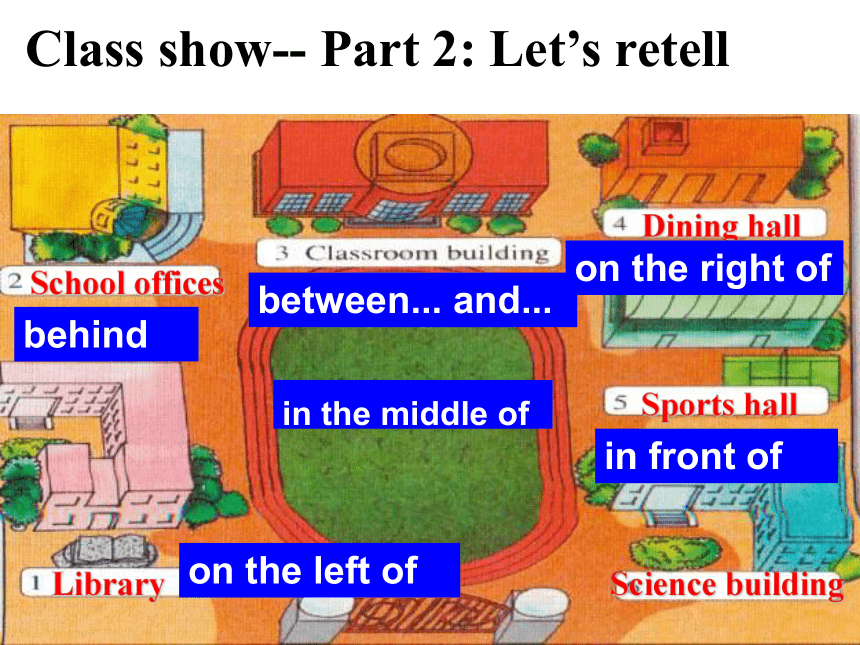
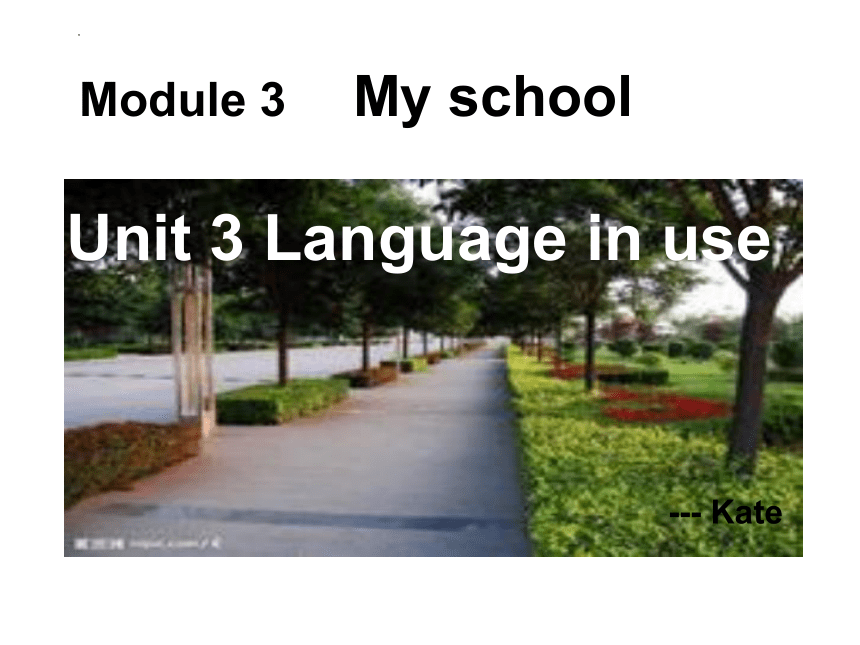
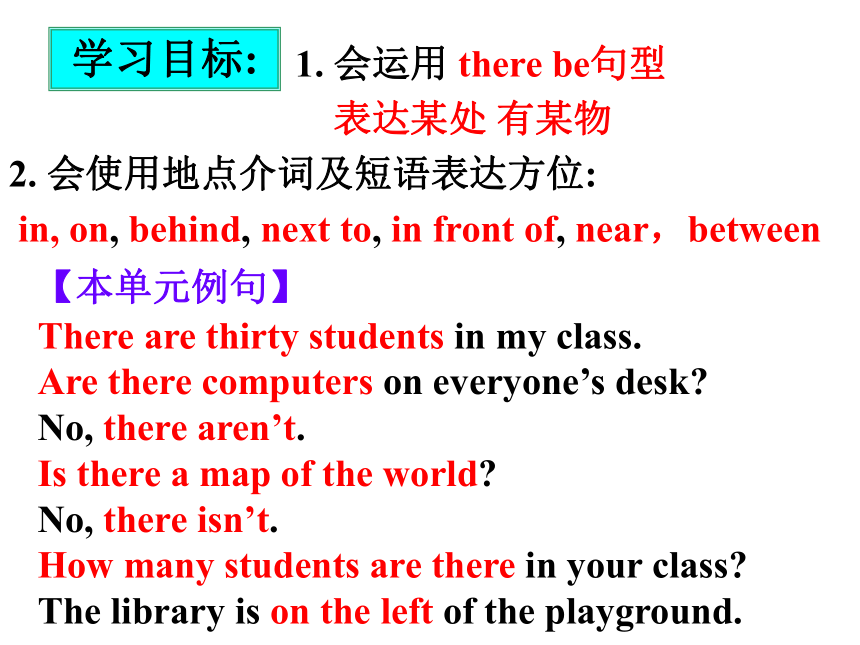
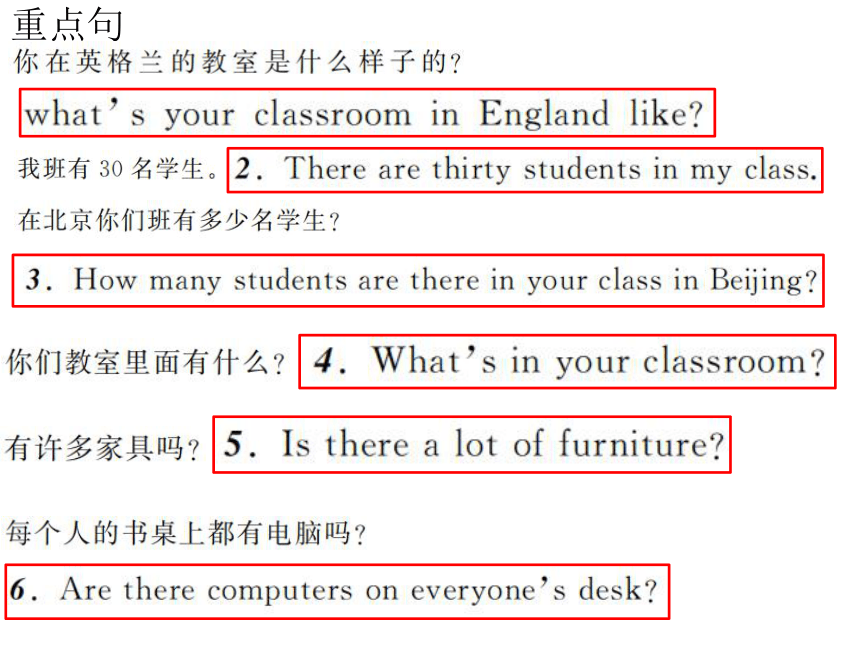
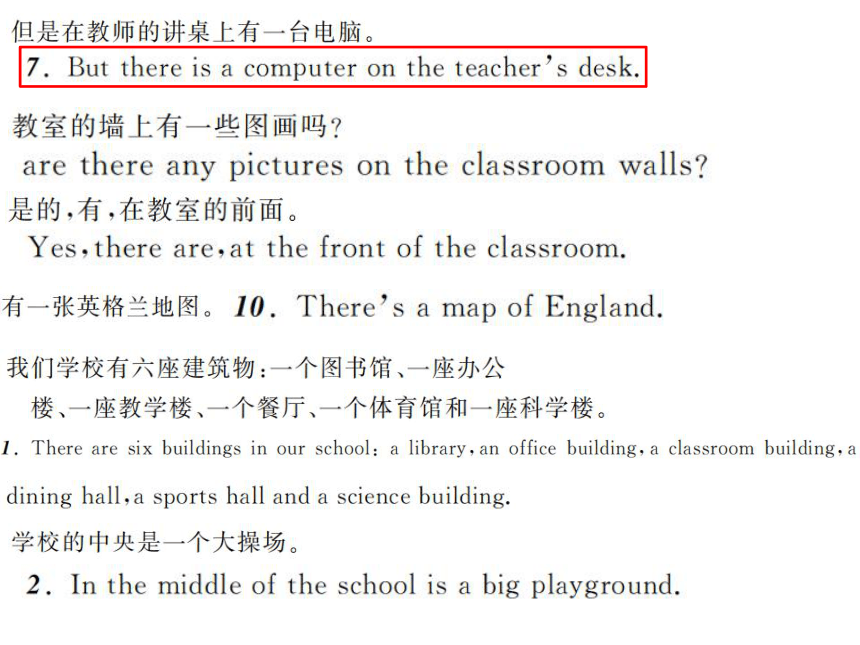


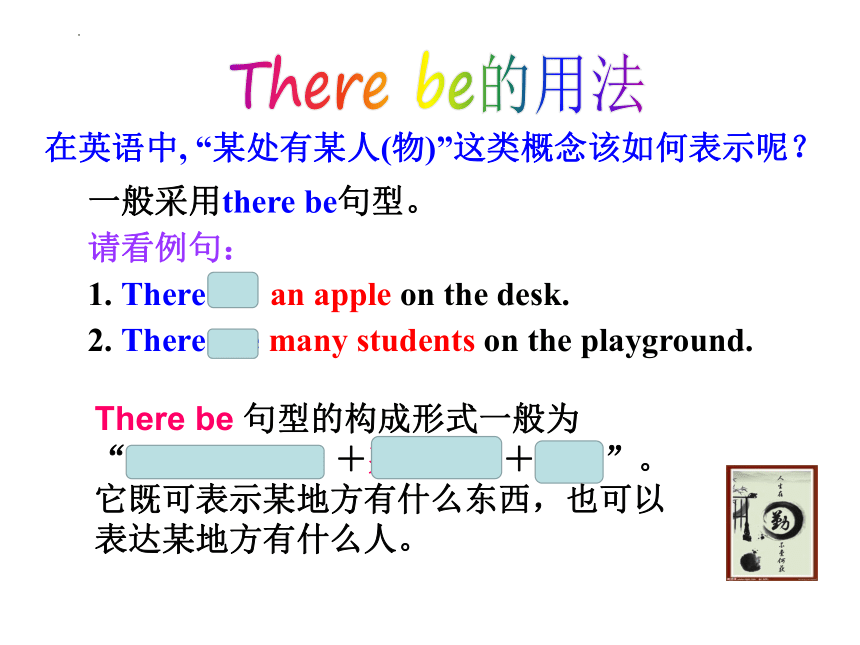
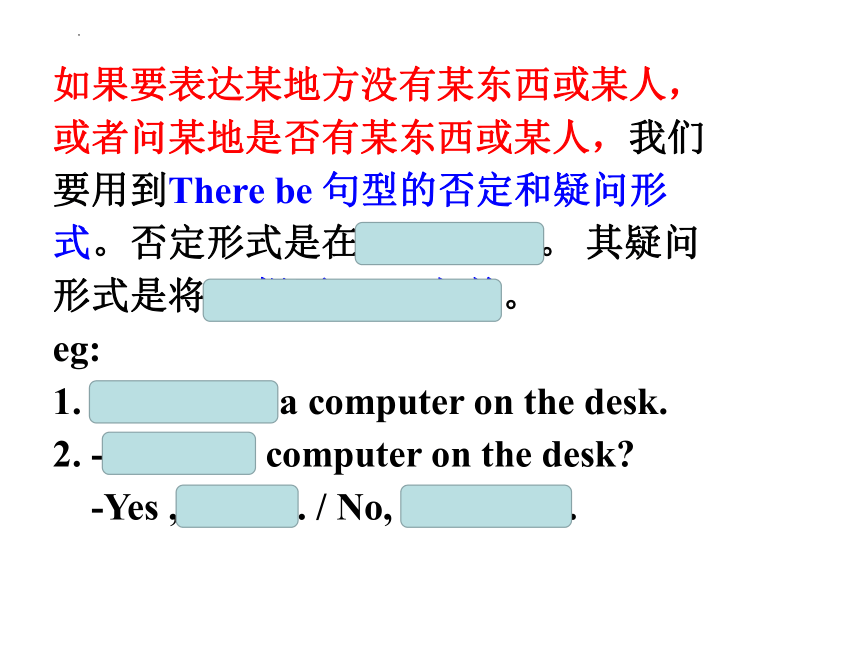
文档简介
(共32张PPT)
Loudly
Clearly
Correctly
Class show-- Part 1: Let’s chant
Chant 1(字母组合e在单词中常发/e/)
Chant 2(字母a在三个字母单词中间常发/ /
unit 1
Linda’s class Daming’s class
Number of students
Computer
furniture
Pictures
Type of map
thirty
some
one
forty
a map of England
no
a map of the world
a lot of
Class show-- Part 2: Let’s retell
Loudly
Clearly
Correctly
Library
School offices
Sports hall
Dining hall
Science building
in the middle of
on the left of
behind
between... and...
on the right of
in front of
Class show-- Part 2: Let’s retell
Module 3 My school
Unit 3 Language in use
--- Kate
【本单元例句】
There are thirty students in my class.
Are there computers on everyone’s desk
No, there aren’t.
Is there a map of the world
No, there isn’t.
How many students are there in your class
The library is on the left of the playground.
1. 会运用 there be句型
表达某处 有某物
2. 会使用地点介词及短语表达方位:
in, on, behind, next to, in front of, near,between
学习目标:
重点句
易错题
1.You can see books on______desk.(everyone).
2.There is a computer.
It's the ______computer.(teacher)
3._____there any furniture in your classroom (be)
2.There is a computer.
It's the ______computer.(teacher)
一般采用there be句型。
请看例句:
1. There is an apple on the desk.
2. There are many students on the playground.
在英语中, “某处有某人(物)”这类概念该如何表示呢?
There be的用法
There be 句型的构成形式一般为
“There is/ are +某物/人+地点”。
它既可表示某地方有什么东西,也可以
表达某地方有什么人。
如果要表达某地方没有某东西或某人,
或者问某地是否有某东西或某人,我们
要用到There be 句型的否定和疑问形
式。否定形式是在be 后加not。 其疑问
形式是将be 提至there 之前。
eg:
1. There isn’t a computer on the desk.
2. -Is there a computer on the desk
-Yes ,there is. / No, there isn’t.
特殊疑问句:疑问词+一般疑问句?
现在我们来总结there be:
There be句型表示“某处有某物”,即表
示存在关系,其构成是:
肯定句: There be + 名词 + …
否定句: There be + not + 名词 + …
一般疑问句: Be + there + 名词 +…?
Yes, there be.
No, there be + not.
注意:
1. 当名词是可数名词单数或不可数名词时,be动词用is;当名词是可数名词复数时,be动词用are。
2. there be 句型遵循就近原则,即be
动词要与和它相近的主语在人称
数上保持一致。
There is a blackboard and two maps
on the wall.
3. 在英语中,动词have或has也表示“有”
的意思,但have (has)和have(has)got表示所属关系,
经常用“人”作主语,表达“某人有……”,
而there be句型表示“某处有某物”,即存在关系,应注意加以区别。
I have a pen.
There is a pen on the desk.
How many classrooms are there in your school
2. Is there a library in your school
3. Are there any science labs
4. How many students are there in your class
Work in pairs. Ask and answer the
questions about your school.
There are … classrooms.
Yes, there is. / No, there isn’t.
Yes, there are. There are … science labs.
There are … students in our class.
5. How many are boys and how many are girls
6. Are there any computers in your classroom
7. Is there a blackboard in your classroom
8. Where is the teacher’s desk
There are … boys and … girls.
Yes, there are. / No, there isn’t.
Yes, there is. / No, there isn’t.
It is in the front of the classroom.
Where is the office building
2. Where is the dining hall
3. Where is the playground
2. Look at the picture and answer
the questions.
It’s on the right of the gate.
It’s behind the science building.
It’s in the middle of the school.
4. Where is the sports hall
5. Where is the science building
It’s on the left of the gate./ It’s
in front of the science building.
It’s between the dining hall
and the sports hall.
This is a map of our school.(1)_____________
the gate is the office building and behind
this is the (2)________________. (3)_____
the classroom building is the library. The
science building is (4)________ the dining
hall and the (5) __________. And behind
the dining hall, the playground and the library
there are (6)____.
Now complete the passage.
On the right of
classroom building
Behind
between
sports hall
trees
3. Complete the word map with the words
and expressions from the box.
blackboard classroom office
science building sports hall
school
sports hall
science
building
office
computer
library
book
classroom
desk
blackboard
dining hall
Discuss these questions in groups
1.When the children in most countries must go to school
When they are 5 or 6 years old, they must go to school.
2. When the students in the UK go to primary school and secondary school
Students in the UK go to primary school at 5, and go to secondary school at 11.
School age
In most countries around the world, children must go to school when they are 5 or 6 years old. Children in the UK go to primary school at 5, and go to secondary
school at 11. They can’t
leave school before they
are 16 years old.
Around the world
next to 紧挨着,可以直接跟在 be 动词后。也可以跟在表示动作的动词用来表示位置关系。
例,椅子紧挨着桌子。The chair is next to the desk.
in front of 在……(范围内)的前面,常用于说明两个物体间的位置关系。表示此意时,front前面不能使用冠词the。
实验室的前面有一棵树。
There’s a tree in front of the science lab.
in the front of 在……(范围内)的前面
在教室的前面有一块黑板。
There is a blackboard in the front of the classroom.
after表示时间,表示在一点或一段时间之后;在表示地点时,它表示次序,意为“在……后面”。
他六点钟以后去学校。 He goes to school after 6 o’clock.
我们依次进入会议室。
We walk into the meeting room one after another.
behind 表示时间时,指迟于既定的时间;表示地点时,强调位置的后面。
椅子在桌子后面。 The chair is behind the desk.
between 表示在两者之间。
例,between lessons
照片中,孩子在他爸爸和妈妈之间。 The child is between his father and mother in the picture.
Review
There be 句型的构成形式一般为_____________________________
There is/ are +某物/人+地点
1. — is your classroom
—It’s next to the dinning hall.
Where B. What C. When
一、单项选择。
Quiz
2. —Are there any desks in your classroom
—No, .
they aren’t B. there aren’t
C. it isn’t
3. —Are there trees on the hill
—Yes, there are .
some; any B. any; some C. any; any
4. ______ some juice and milk in our fridge(冰箱).
There have B. There are C. There is
5. There is water in the bottle.
a
B. an
C. some
6. I am in front of Jim and Jim is me.
in front of
B. behind
C. next to
二、 按照括号内的要求改写下列句子。
1. There are some trees on the hill. (变为否定句)
2. There are some girls in the classroom. (变为一般疑问句)
3. The library is behind the gym. (对画线部分提问)
4. The office is in front of the classroom. (用反义词替换划线部分)
1. There are not any trees on the hill.
2. Are there any girls in the classroom
3. Where’s the library
4. The classroom is behind the office.
1.Review the grammar we have learned today.
Homework
2. Draw a map of your school and then write about your school.
(Decide what to describe with the help of
the words from the box.)
book classroom computer desk
library office playground
This is our school. On the left of … This is
Our library. It’s in front of … There are…
Thank you!
Loudly
Clearly
Correctly
Class show-- Part 1: Let’s chant
Chant 1(字母组合e在单词中常发/e/)
Chant 2(字母a在三个字母单词中间常发/ /
unit 1
Linda’s class Daming’s class
Number of students
Computer
furniture
Pictures
Type of map
thirty
some
one
forty
a map of England
no
a map of the world
a lot of
Class show-- Part 2: Let’s retell
Loudly
Clearly
Correctly
Library
School offices
Sports hall
Dining hall
Science building
in the middle of
on the left of
behind
between... and...
on the right of
in front of
Class show-- Part 2: Let’s retell
Module 3 My school
Unit 3 Language in use
--- Kate
【本单元例句】
There are thirty students in my class.
Are there computers on everyone’s desk
No, there aren’t.
Is there a map of the world
No, there isn’t.
How many students are there in your class
The library is on the left of the playground.
1. 会运用 there be句型
表达某处 有某物
2. 会使用地点介词及短语表达方位:
in, on, behind, next to, in front of, near,between
学习目标:
重点句
易错题
1.You can see books on______desk.(everyone).
2.There is a computer.
It's the ______computer.(teacher)
3._____there any furniture in your classroom (be)
2.There is a computer.
It's the ______computer.(teacher)
一般采用there be句型。
请看例句:
1. There is an apple on the desk.
2. There are many students on the playground.
在英语中, “某处有某人(物)”这类概念该如何表示呢?
There be的用法
There be 句型的构成形式一般为
“There is/ are +某物/人+地点”。
它既可表示某地方有什么东西,也可以
表达某地方有什么人。
如果要表达某地方没有某东西或某人,
或者问某地是否有某东西或某人,我们
要用到There be 句型的否定和疑问形
式。否定形式是在be 后加not。 其疑问
形式是将be 提至there 之前。
eg:
1. There isn’t a computer on the desk.
2. -Is there a computer on the desk
-Yes ,there is. / No, there isn’t.
特殊疑问句:疑问词+一般疑问句?
现在我们来总结there be:
There be句型表示“某处有某物”,即表
示存在关系,其构成是:
肯定句: There be + 名词 + …
否定句: There be + not + 名词 + …
一般疑问句: Be + there + 名词 +…?
Yes, there be.
No, there be + not.
注意:
1. 当名词是可数名词单数或不可数名词时,be动词用is;当名词是可数名词复数时,be动词用are。
2. there be 句型遵循就近原则,即be
动词要与和它相近的主语在人称
数上保持一致。
There is a blackboard and two maps
on the wall.
3. 在英语中,动词have或has也表示“有”
的意思,但have (has)和have(has)got表示所属关系,
经常用“人”作主语,表达“某人有……”,
而there be句型表示“某处有某物”,即存在关系,应注意加以区别。
I have a pen.
There is a pen on the desk.
How many classrooms are there in your school
2. Is there a library in your school
3. Are there any science labs
4. How many students are there in your class
Work in pairs. Ask and answer the
questions about your school.
There are … classrooms.
Yes, there is. / No, there isn’t.
Yes, there are. There are … science labs.
There are … students in our class.
5. How many are boys and how many are girls
6. Are there any computers in your classroom
7. Is there a blackboard in your classroom
8. Where is the teacher’s desk
There are … boys and … girls.
Yes, there are. / No, there isn’t.
Yes, there is. / No, there isn’t.
It is in the front of the classroom.
Where is the office building
2. Where is the dining hall
3. Where is the playground
2. Look at the picture and answer
the questions.
It’s on the right of the gate.
It’s behind the science building.
It’s in the middle of the school.
4. Where is the sports hall
5. Where is the science building
It’s on the left of the gate./ It’s
in front of the science building.
It’s between the dining hall
and the sports hall.
This is a map of our school.(1)_____________
the gate is the office building and behind
this is the (2)________________. (3)_____
the classroom building is the library. The
science building is (4)________ the dining
hall and the (5) __________. And behind
the dining hall, the playground and the library
there are (6)____.
Now complete the passage.
On the right of
classroom building
Behind
between
sports hall
trees
3. Complete the word map with the words
and expressions from the box.
blackboard classroom office
science building sports hall
school
sports hall
science
building
office
computer
library
book
classroom
desk
blackboard
dining hall
Discuss these questions in groups
1.When the children in most countries must go to school
When they are 5 or 6 years old, they must go to school.
2. When the students in the UK go to primary school and secondary school
Students in the UK go to primary school at 5, and go to secondary school at 11.
School age
In most countries around the world, children must go to school when they are 5 or 6 years old. Children in the UK go to primary school at 5, and go to secondary
school at 11. They can’t
leave school before they
are 16 years old.
Around the world
next to 紧挨着,可以直接跟在 be 动词后。也可以跟在表示动作的动词用来表示位置关系。
例,椅子紧挨着桌子。The chair is next to the desk.
in front of 在……(范围内)的前面,常用于说明两个物体间的位置关系。表示此意时,front前面不能使用冠词the。
实验室的前面有一棵树。
There’s a tree in front of the science lab.
in the front of 在……(范围内)的前面
在教室的前面有一块黑板。
There is a blackboard in the front of the classroom.
after表示时间,表示在一点或一段时间之后;在表示地点时,它表示次序,意为“在……后面”。
他六点钟以后去学校。 He goes to school after 6 o’clock.
我们依次进入会议室。
We walk into the meeting room one after another.
behind 表示时间时,指迟于既定的时间;表示地点时,强调位置的后面。
椅子在桌子后面。 The chair is behind the desk.
between 表示在两者之间。
例,between lessons
照片中,孩子在他爸爸和妈妈之间。 The child is between his father and mother in the picture.
Review
There be 句型的构成形式一般为_____________________________
There is/ are +某物/人+地点
1. — is your classroom
—It’s next to the dinning hall.
Where B. What C. When
一、单项选择。
Quiz
2. —Are there any desks in your classroom
—No, .
they aren’t B. there aren’t
C. it isn’t
3. —Are there trees on the hill
—Yes, there are .
some; any B. any; some C. any; any
4. ______ some juice and milk in our fridge(冰箱).
There have B. There are C. There is
5. There is water in the bottle.
a
B. an
C. some
6. I am in front of Jim and Jim is me.
in front of
B. behind
C. next to
二、 按照括号内的要求改写下列句子。
1. There are some trees on the hill. (变为否定句)
2. There are some girls in the classroom. (变为一般疑问句)
3. The library is behind the gym. (对画线部分提问)
4. The office is in front of the classroom. (用反义词替换划线部分)
1. There are not any trees on the hill.
2. Are there any girls in the classroom
3. Where’s the library
4. The classroom is behind the office.
1.Review the grammar we have learned today.
Homework
2. Draw a map of your school and then write about your school.
(Decide what to describe with the help of
the words from the box.)
book classroom computer desk
library office playground
This is our school. On the left of … This is
Our library. It’s in front of … There are…
Thank you!
同课章节目录
- Starte
- Module 1 My teacher and my friends
- Module 2 My English lesson
- Module 3 My English book
- Module 4 My everyday life
- Module 1 My classmates
- Unit 1 Nice to meet you.
- Unit 2 I'm Wang Lingling and I'm thirteen years ol
- Unit 3 Language in use.
- Module 2 My family
- Unit 1 Is this your mum?
- Unit 2 These are my parents.
- Unit 3 Language in use.
- Module 3 My school
- Unit 1 There are thirty students in my class.
- Unit 2 The library is on the left of the playgroun
- Unit 3 Language in use.
- Module 4 Healthy food
- Unit 1 We've got lots of apples.
- Unit 2 Is your food and drink healthy?
- Unit 3 Language in use.
- Module 5 My school day
- Unit 1 I love history.
- Unit 2 We start work at nine o'clock.
- Unit 3 Language in use.
- Revision module A
- Module 6 A trip to the zoo
- Unit 1 Does it eat meat?
- Unit 2 The tiger lives in Asia.
- Unit 3 Language in use.
- Module 7 Computers
- Unit 1 How do I write my homework on the computer?
- Unit 2 When do you use a computer?
- Unit 3 Language in use.
- Module 8 Choosing presents
- Unit 1 I always like birthday parties.
- Unit 2 She often goes to concerts.
- Unit 3 Language in use.
- Module 9 People and places
- Unit 1 We're enjoying the school trip a lot.
- Unit 2 They're waiting for buses or trains.
- Unit 3 Language in use.
- Module 10 Spring Festival
- Unit 1 Are you getting ready for Spring Festival?
- Unit 2 My mother's cleaning our houses and sweepin
- Unit 3 Language in use.
- Revision module B
